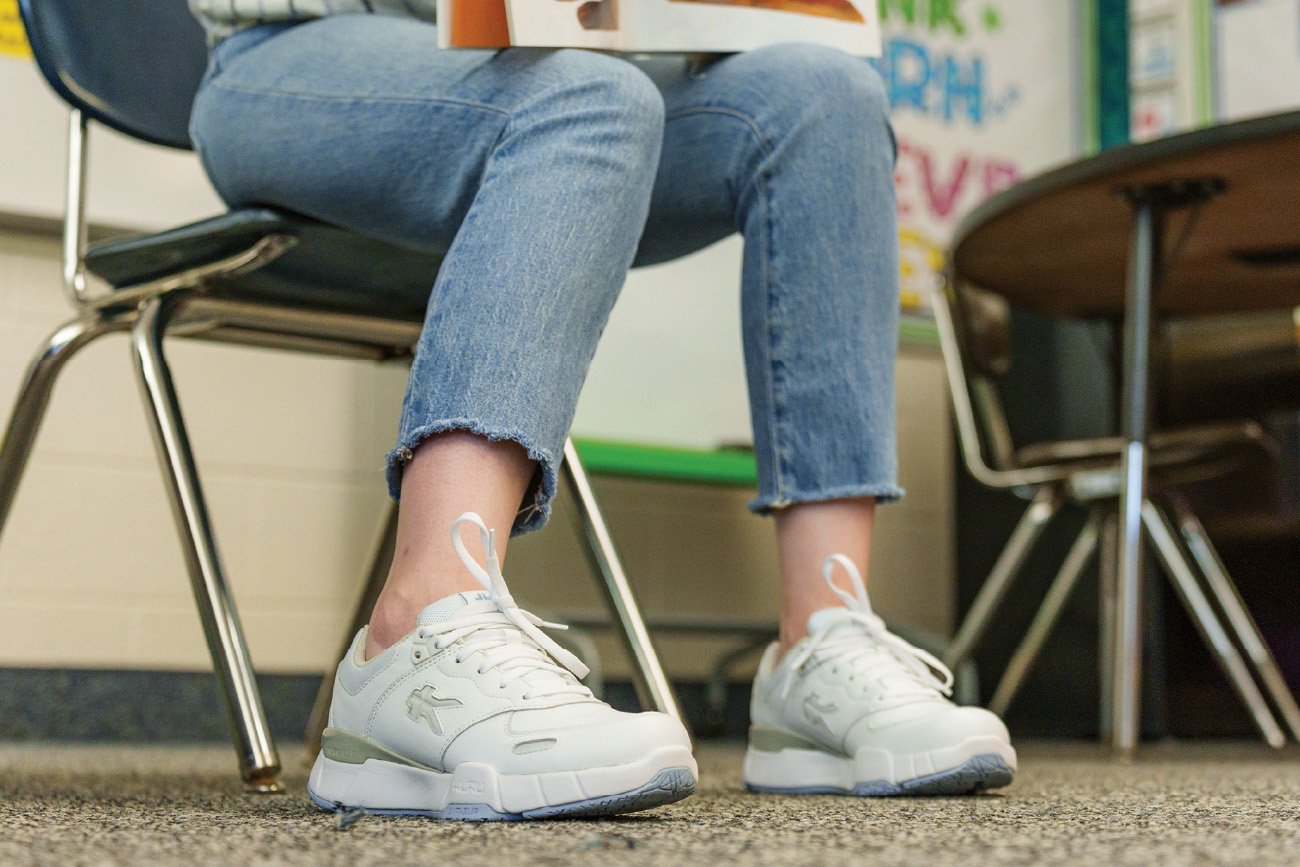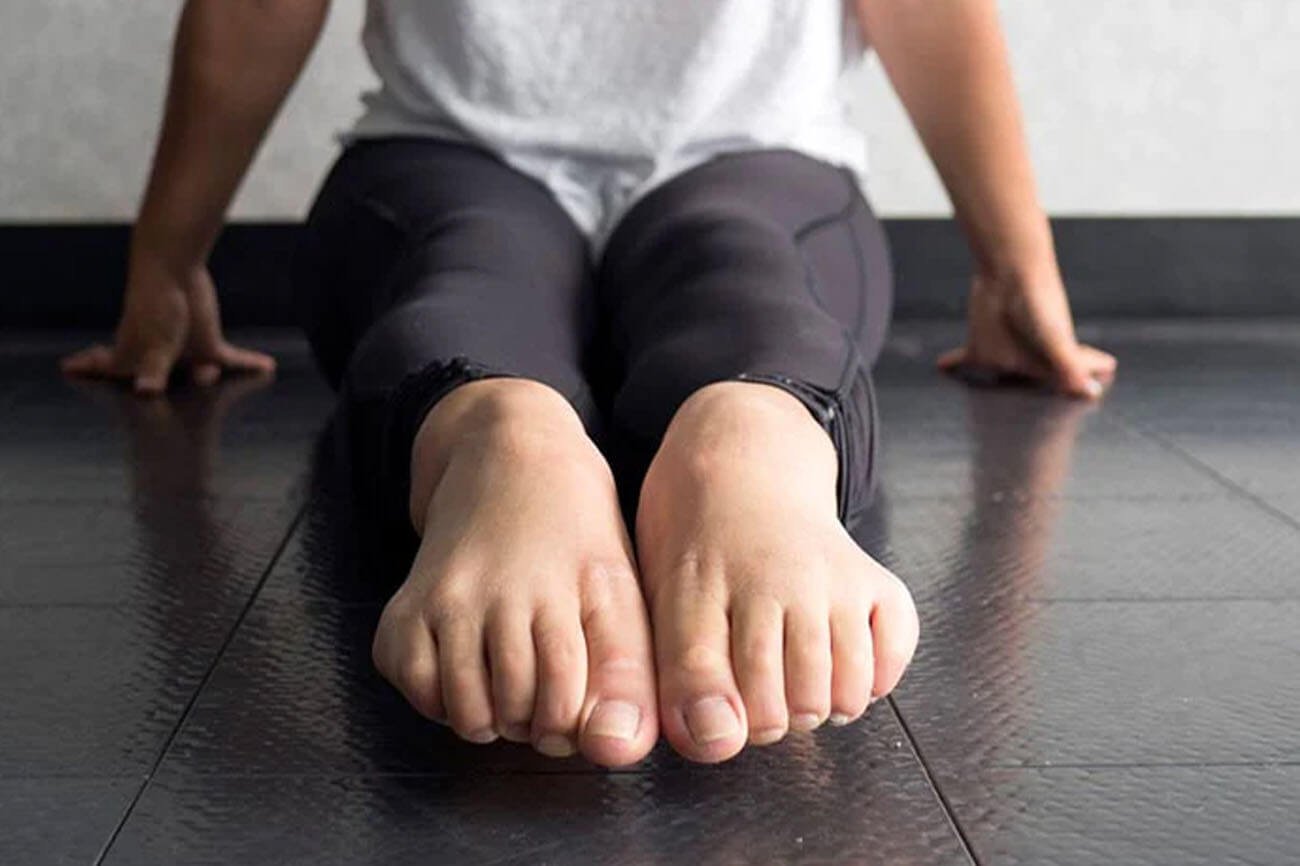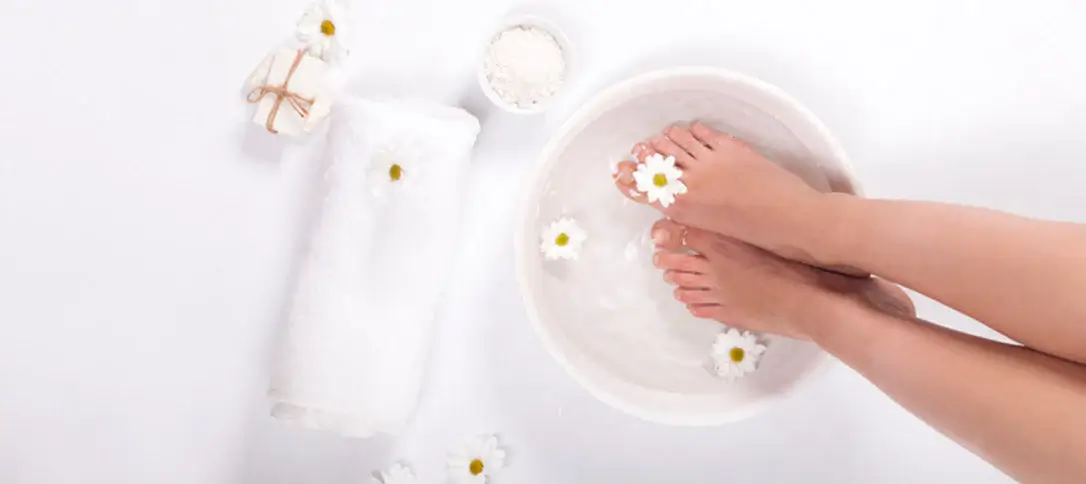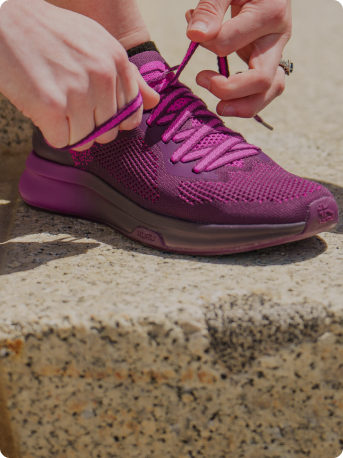Best Shoes For Diabetics
If you or a loved one experiences diabetes, you will—at some point—experience foot pain or discomfort brought on by complications from diabetes. Peripheral diabetic neuropathy (nerve damage) and peripheral vascular disease (poor circulation) are two key diabetes symptoms that can cause pain, tingling, and numbness or loss of feeling in the feet.
Fortunately, there are many things you can do to help alleviate painful diabetic foot symptoms and prevent future issues. Even simple adjustments, such as choosing more supportive footwear, can make a substantial difference in improving circulation and effectively managing overall foot health.
Orthopedic footwear is a great option for diabetics, especially styles that are designed to address common diabetic foot conditions. The best shoes for diabetics can help you manage conditions and take better care of your feet, while keeping small injuries from becoming full-blown health crises.
The term “diabetic feet” refers to diabetic peripheral neuropathy, the most common type of neuropathy found in diabetics. Diabetic peripheral neuropathy affects your peripheral nervous system—all the nerves outside your brain and spine, including your sensory nerves. Symptoms are often first felt in the feet and legs.
Diabetic neuropathy in the feet can lead to ulcers and sores that do not heal. Seemingly harmless cuts, blisters, and sores can go unnoticed due to loss of feeling. Then they become seriously infected as poor circulation slows down or even prevents healing. In extreme cases, this can lead to amputation of a toe or the entire foot. Other diabetic foot problems include athlete’s foot, calluses, blisters, bunions, dry skin, foot ulcers, hammertoes and ingrown toenails.

Learn more about the symptoms, causes and complications of diabetic feet.
Diabetes occurs when the body does not make or use enough insulin. Without insulin, glucose stays in the body and can lead to high levels of blood sugar levels. Over time those elevated levels can cause nerve damage and a decrease in blood flow, particularly in the legs and feet. The reduced circulation can make it harder for your body to fight infections, leading to cuts and lacerations in the feet that heal poorly.
The symptoms of diabetic foot pain can be more intense at night and include:
Diabetic Feet Facts and Stats
We take a look at some facts and stats you might not have known about diabetic feet.
- Approximately 50% of diabetics will experience some type of foot pain.
- Although nerve damage (neuropathy) is irreversible, consistently managing your blood sugar levels can lower your risk of developing further nerve damage.
- Smoking cigarettes reduces blood flow to the legs and feet, making diabetics who smoke more susceptible to foot ulcers, infections, and amputation.
- You can better manage your diabetic foot symptoms (and help reduce neuropathy pain) by eating a balanced, nutrient-dense diet that includes fresh fruit, vegetables, and whole grains.
- Moderate daily exercise can help regulate your blood sugar and increase your blood flow and circulation—keeping your heart healthy and your extremities flooded with oxygen-rich blood. Consult with your doctor or physical therapist on the best exercise options for you.
Ideally, you should have your feet checked by your doctor annually—or more often if other problems arise. Your doctor may prescribe anti-seizure medications, anti-inflammatory medications, and antidepressants to help with pain management.
There are also lifestyle changes that may help control your symptoms, including physical therapy to build strength in the lower legs and feet. In some cases, surgical treatment may be needed to remove dead tissue or to stop an infection from spreading in the feet. Sometimes, stents can be placed to encourage blood flow.
No matter your treatment plan, an at-home foot care regimen is an integral part of giving diabetic feet the care and attention they need.
Because the symptoms of diabetic feet vary in intensity from person to person, it’s important to collaborate closely with your doctor to establish the best treatment plan for your needs.
-
What is diabetic foot pain?
Diabetic foot pain refers to discomfort, pain, or other sensations experienced in the feet as a result of diabetes-related complications. It can occur due to nerve damage (neuropathy) or poor circulation in the feet.
-
What causes diabetic foot pain?
Diabetic foot pain is primarily caused by two factors: peripheral neuropathy and peripheral arterial disease (PAD). Peripheral neuropathy occurs when high blood sugar levels damage the nerves, leading to numbness, tingling, and pain. PAD, on the other hand, involves poor blood flow to the feet, resulting in cramping, pain, and slow wound healing.
-
What are signs of diabetic feet?
It’s important to know the signs of diabetic feet so you can get the care you need in a timely manner. You might have diabetic feet if you experience the following:
– Changes in skin color or temperature
– Swelling in feet or ankles
– Leg pain
– Slow healing foot sores
– Ingrown toenails, or toenail fungus
– Dry skin and cracks in the foot, especially on or near your heel
– Unusual or persistent foot odor
-
How do I care for diabetic feet?
Your diabetic feet need attention and care, every single day. If you take good care of your feet, you can prevent small issues from turning into more serious problems. To make sure your feet are getting the care they need, do the following every day:
– Wash and dry feet. Apply lotion or petroleum jelly after drying your feet to prevent dry skin. Dust your clean, dry feet with non-medicinal foot powder before putting on socks and shoes. This keeps the feet dry and prevents moisture buildup.
– Inspect your feet daily. Check your feet for sores, bumps, bruises, scrapes, or cracked skin. Also check for temperature changes, redness, or tenderness in the skin. Reach out to your doctor if you notice any sores or issues. Early detection is key.
– Maintain your toenails. Check your toenails every day. Keep them trimmed and clean. Don’t let toenails grow into the skin of the toe, as this can cause ingrown toenails and infection.
– Wear supportive footwear and clean socks. Wear well-fitting shoes, and never go barefoot. At home, wear hard-soled slippers to prevent sores or injury from stepping on small objects or uneven surfaces. Change your socks every day.
-
Why wear orthopedic shoes for diabetics?
Wearing orthopedic shoes for diabetics is crucial due to the specific foot care needs associated with diabetes. Diabetes can lead to nerve damage (neuropathy) and poor circulation, making the feet more vulnerable to injuries and complications. Orthopedic shoes are designed with features that address these concerns and provide optimal foot support and protection.
Orthopedic shoes for diabetics offer several benefits. Firstly, they have a wider toe box, allowing ample room for toes and reducing the risk of pressure points or friction that could lead to foot ulcers or sores. Additionally, these shoes often have cushioned soles that absorb impact and reduce pressure on the feet, minimizing the risk of developing wounds. The materials used in orthopedic shoes are typically soft and breathable, reducing irritation and discomfort for individuals with sensitive or neuropathic feet.
-
How can I prevent diabetic foot pain?
To prevent diabetic foot pain, it is important to maintain good blood sugar control, practice proper foot care hygiene (regularly inspecting and cleaning the feet), wear appropriate footwear, avoid smoking, manage blood pressure and cholesterol levels, and receive regular foot examinations by a healthcare professional.
-
I just received a pair of your shoes and my feet are sore/hurt after wearing them. Why is that?
Some customers experience tenderness when they first start wearing a new pair of KURUs. That’s ok! Your body may need time to adjust to the new levels of anatomical support you experience with our patented KURUSOLE technology.
Our shoes are also designed to mold to your unique foot shape, which takes a bit of a break-in period.
To help mitigate this, we suggest you follow our break-in procedure, including wearing your KURUs for a couple hours per day around the house in the first couple of weeks as they break in and form to your foot.
In our study on foot pain across America, we found that out of the 6,030 participants who took part in our survey and experienced foot pain, approximately 11% revealed that they also had diabetes.
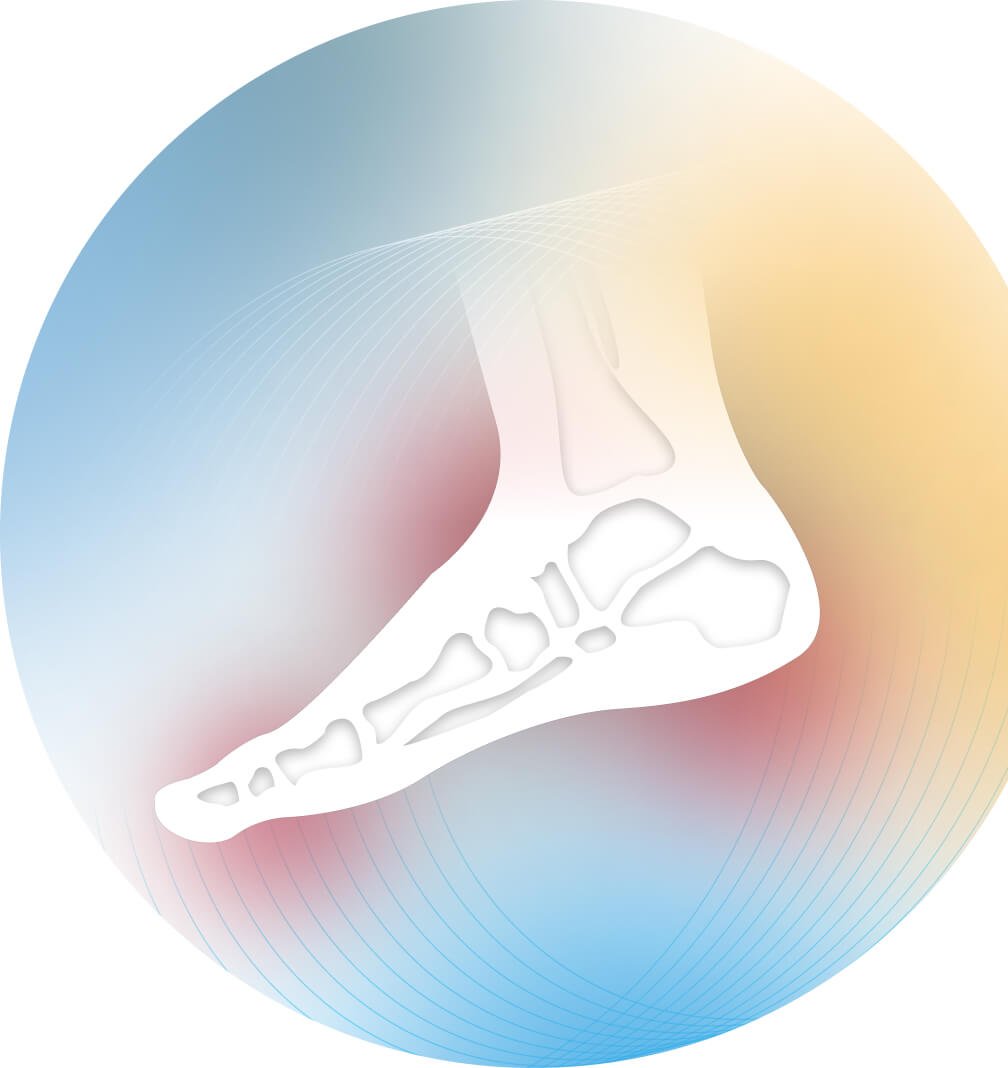
When selecting diabetic shoes, there are several key features to keep in mind. These features are specifically designed to address the unique needs of diabetic feet and promote optimal foot health. These key features work together to ensure maximum comfort, protection, and support for your diabetic feet.
At KURU, we pride ourselves on our unique approach to shoe design. We believe that shoes should be shaped to fit the natural contours of your feet, which is why we create every pair in three distinct support layers, not just an insole.
Our revolutionary ergonomic design starts with a curved footbed and adds unparalleled triple-layer support that includes shock-absorbing KURUCLOUD, heel-cupping KURUSOLE, and arch-supporting ULTIMATE INSOLES. The result? Shoes that are so comfortable you’ll stop thinking about your feet.
KURUSOLE
We know the best and most comfortable shoes for diabetics cushion and support your foot to promote a natural posture and gait, while putting your body …Show More
We know the best and most comfortable shoes for diabetics cushion and support your foot to promote a natural posture and gait, while putting your body in the best position to heal itself from common painful foot conditions. The genius is how KURUSOLE hugs your feet while providing the perfect blend of heel, ankle, and arch support. Unlike anything else, the patented power of KURUSOLE dynamically flexes with every step to redirect force and protect your feet.
…Show lessKURUCLOUD
Finish your day with more energy when KURUCLOUD is under your feet. Featuring precision geometry and a unique blend of lightweight, …Show More
Finish your day with more energy when KURUCLOUD is under your feet. Featuring precision geometry and a unique blend of lightweight, performance EVA foam—KURUCLOUD gives you a silky-smooth stride that feels like you’re flying. KURUCLOUD absorbs shock and pressure with every step, making for some of the best walking shoes for diabetics thanks to the smoother stride.
…Show lessULTIMATE INSOLE
Our ULTIMATE INSOLES use advanced foams that harness your body heat to custom mold to your heels, arches and forefoot for full-length support and …Show More
Our ULTIMATE INSOLES use advanced foams that harness your body heat to custom mold to your heels, arches and forefoot for full-length support and ultra-comfort in all the right places. ULTIMATE INSOLES provide added support that help protect sensitive skin by reducing friction and rubbing. Conquer your day with custom comfort from heel to toe!
…Show less
KURUSOLE
We know the best and most comfortable shoes for diabetics cushion and support your foot to promote a natural posture and gait, while putting your body in the best position to heal itself from common painful foot conditions. The genius is how KURUSOLE hugs your feet while providing the perfect blend of heel, ankle, and arch support. Unlike anything else, the patented power of KURUSOLE dynamically flexes with every step to redirect force and protect your feet.
Fine, We’ll Tell You Our Secret
What makes KURU different? Every KURU shoe comes with built-in patented KURUSOLE tech—a foot health game changer.
While other shoes are flat on the inside, KURUSOLE is shaped like your foot to hug and prevent fatigue and pain.




